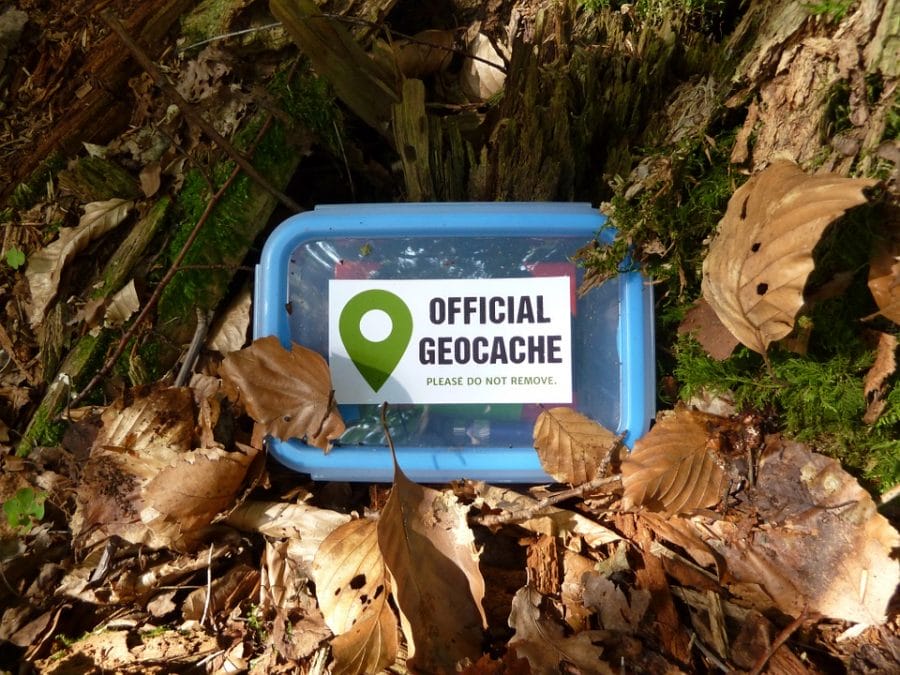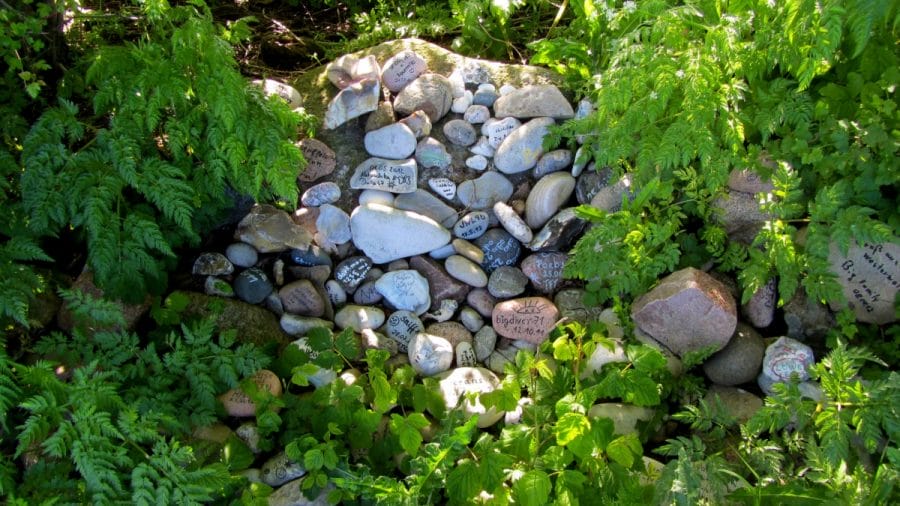If scavenger hunts and countryside walks are among your favorite things to do, then it’s time to get geocaching! Geocaching is version 2.0 of treasure hunting and it has become extremely popular in recent years with young and old alike!
At Hillwalk Tours, we love geocaching! This activity is one of the best ways to explore your environment and nature while having fun! So here is our guide to everything that you need to know about Geocaching.
What is geocaching?
Do you remember the treasure hunts you used to do as a child? Have you ever dreamed of being able to recreate them on a global scale! Well this is what Geocaching is all about!
Geocaching has more than 5 million followers around the world, in more than 200 countries on 7 continents – and even in the International Space Station!
This activity can be practiced individually or within a team. Players use a GPS positioning system to hide or search for containers full of small items – otherwise known as geocaches!
Geocaching is an outdoor activity for all ages ! With family or friends, go on an adventure!
What equipment is needed?
Note that to start, you will need to create a free account on https://www.geocaching.com
Here is a list of the basic equipment to get you started in geocaching:
- A portable GPS navigation device or smartphone with GPS connectivity
- A backpack
- A notebook and pen (to take note of the geocaches you find)
- Small items / trinkets placed in a waterproof container
- Appropriate clothing for your expedition (waterproof jacket, pants and walking shoes, etc.)
What is a geo cache?
A geocache is a sealed container in which the “treasure” is located, as well as a logbook. When you have found the geocache, retrieve an item from its contents and replace it with one of equal value.

What do we find in a geocache?
Geocaches contain inexpensive items such as trinkets, toys, coins, or stamps. Usually these items are not of great monetary value, but they can be of sentimental value to the collector. You will also find a logbook in the geocaches. The geocacher enters his name and the date on which he found the geocache.
How to participate in geocaching?
Register online at https://www.geocaching.com and search for caches near you, or near a place you will be going – if you are going on a weekend or on vacation for example.
Choose the size of the geocache you want to find – sizes vary from micro to large . As an indication, a “normal” format corresponds roughly to the size of a loaf of bread, the micro format corresponds to the size of a photo film.
Get the coordinates from the geocache (eg N 45 ° 17.460 W 122 ° 24.800) and send these coordinates to your phone or enter them into your GPS.
Now is the time to search for the geocache!
Record your findings in your logbook – if there is a stamp in the geocache, be sure to stamp your logbook.
You are free to take any of the items stored in the geocache and exchange it with one of your own. Then put the geocache back in its place .
Also read our article: Hiking With Your Family: A Hillwalk Guide
Is it difficult to find a geocache?
With your GPS you will get close to the treasure… but then you will have to search a little for yourself! The coordinates will lead you to the approximate location of the geocache within a perimeter of about 30 meters, the rest is up to you !
Some geocaches are very well hidden. Remember, most are on nature trails, historic sites, or high-traffic areas.
To help you during geocaching, clues (encrypted message for example) will be provided for certain caches in order to make tracking easier .

What is a trackable?
Sometimes you will also be able to find a “trackable” inside geocaches.
The trackable is a single object. It has its own code which is used to identify its actual movements around the world. It is moved from user to user to reach a desired destination. Some of these objects have traveled hundreds of thousands of kilometers thanks to geocachers who move them from cache to cache.
What if you discover one?
If you want, you can take it. Once back at home, log it on to https://www.geocaching.com and enter the trackable code on this page. Here, you will find out what its purpose is and what you should do with it.
Or you can also leave it in its cache.



